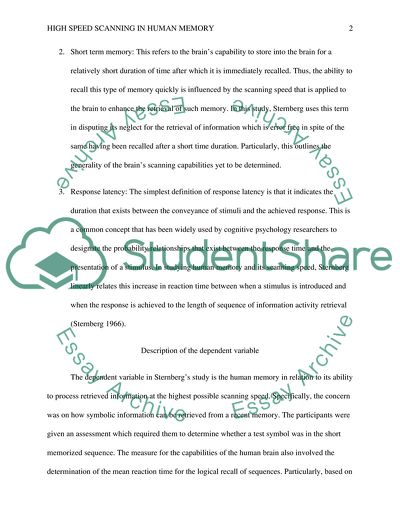Cite this document
(“High-Speed Scanning In Human Memory Article Example | Topics and Well Written Essays - 1250 words”, n.d.)
High-Speed Scanning In Human Memory Article Example | Topics and Well Written Essays - 1250 words. Retrieved from https://studentshare.org/psychology/1635547-high-speed-scanning-in-human-memory
High-Speed Scanning In Human Memory Article Example | Topics and Well Written Essays - 1250 words. Retrieved from https://studentshare.org/psychology/1635547-high-speed-scanning-in-human-memory
(High-Speed Scanning In Human Memory Article Example | Topics and Well Written Essays - 1250 Words)
High-Speed Scanning In Human Memory Article Example | Topics and Well Written Essays - 1250 Words. https://studentshare.org/psychology/1635547-high-speed-scanning-in-human-memory.
High-Speed Scanning In Human Memory Article Example | Topics and Well Written Essays - 1250 Words. https://studentshare.org/psychology/1635547-high-speed-scanning-in-human-memory.
“High-Speed Scanning In Human Memory Article Example | Topics and Well Written Essays - 1250 Words”, n.d. https://studentshare.org/psychology/1635547-high-speed-scanning-in-human-memory.


